Early Spanish/Portuguese type
Fragment of a sheet of archaic Spanish-suited 'Dragon' playing cards found during restoration of a house in Antwerp built between 1559 and 1574
Fragment of a sheet of archaic Spanish-suited ‘Dragon’ playing cards found during restoration of a house in Antwerp built between 1559 and 1574, a period during which the histories of Spain and the Netherlands were connected.
The history of the Spanish Netherlands covers the period from 1556 when, after the abdication of Emperor Charles V, they became the inheritance of his son, King Philip II of Spain, becoming known as the Spanish Netherlands. This period ran until 1715, when the remaining Southern Netherlands came under the authority of the Austrian emperor.
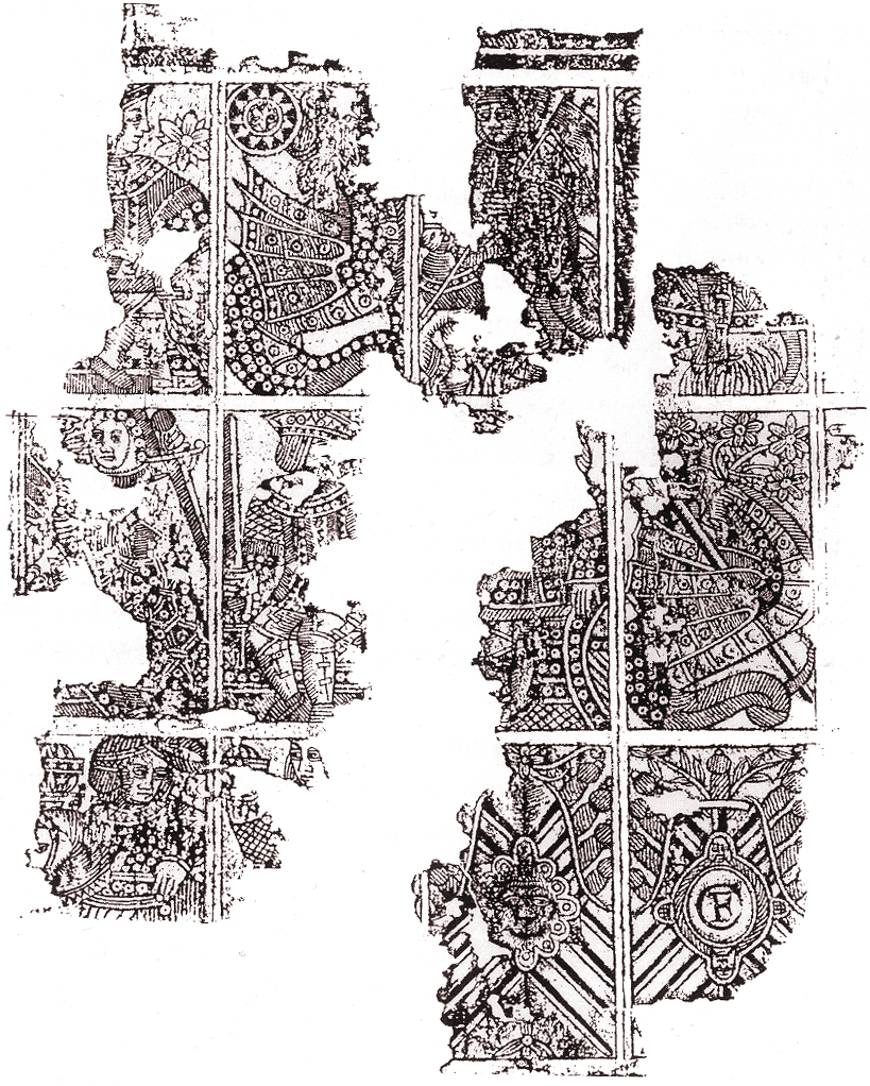
Above: fragment of a sheet of archaic Spanish-suited ‘Dragon’ playing cards found during restoration of a house in Antwerp built between 1559 and 1574, in a period in which the histories of Spain and the Netherlands were intricately connected. The initials ‘FC’ can be seen on the 9 of swords. The aces feature sea dragons holding the suit symbol; the courts are a seated king, a horse-man and a female page. Cards of this type spread to many parts of the world: examples have been made in, or associated with Italy, Sicily, Portugal, Malta, Spain, Belgium, Brazil, Japan, India and Indonesia.
See also: Francisco Flores, Rimac Valley Excavations in Peru, The South German Engraver.
By Simon Wintle
Spain • Member since February 01, 1996 • Contact
I am the founder of The World of Playing Cards (est. 1996), a website dedicated to the history, artistry and cultural significance of playing cards and tarot. Over the years I have researched various areas of the subject, acquired and traded collections and contributed as a committee member of the IPCS and graphics editor of The Playing-Card journal. Having lived in Chile, England, Wales, and now Spain, these experiences have shaped my work and passion for playing cards. Amongst my achievements is producing a limited-edition replica of a 17th-century English pack using woodblocks and stencils—a labour of love. Today, the World of Playing Cards is a global collaborative project, with my son Adam serving as the technical driving force behind its development. His innovative efforts have helped shape the site into the thriving hub it is today. You are warmly invited to become a contributor and share your enthusiasm.

Leave a Reply
Your Name
Just nowRelated Articles
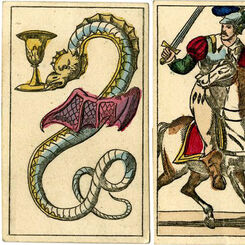
Portuguese pattern by Real Fábrica
Later Portuguese pattern by Impressão Règia, Real Fábrica de Lisboa.
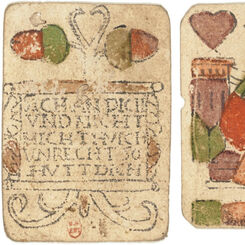
Early German playing cards
Some early examples of popular German playing cards from the XV and XVI centuries.
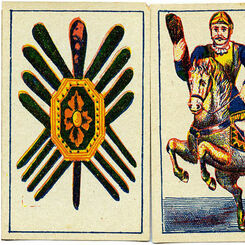
Portuguese cards for Brazil
Portuguese-type cards made in or for Brazil, c.1890.
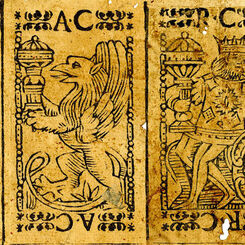
Portuguese-suited cards
Portuguese-suited cards with dragon aces, made in Italy, 1613.
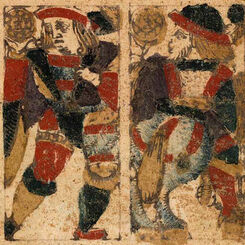
Toledo, 1584
Archaic Spanish-suited deck with 48 cards made in Toledo in 1584.
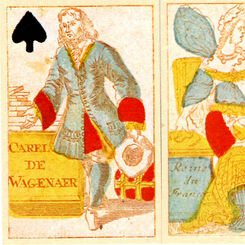
Carel de Wagenaer
Facsimile edition of cards first published by Carel de Wagenaer, Amsterdam in c.1698
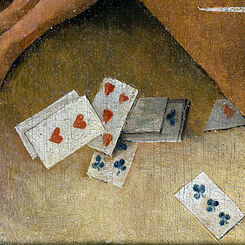
Hidden meanings in painting by Jheronimus Bosch
Medieval View of Gambling in the ‘Garden of Earthly Delights’ by Jheronimus Bosch

Archaeological find: old playing cards under the floorboards
The municipal archaeological service in Dordrecht (Netherlands) recently found some antique playing ...

Portuguese pattern
19th century Portuguese pattern, re-printed from original woodblocks.
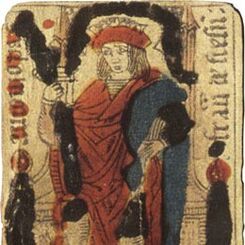
The Combination of Images and Text on early playing cards
When playing cards have titles or legends these reference a written/literary tradition of some form....

Malta
The so-called ‘Dragon Cards’, with winged monsters on the four Aces, are an enigmatic aspect of earl...
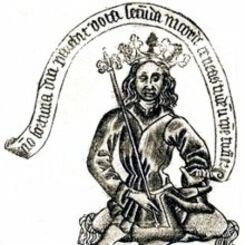
Master of the Banderoles
Playing Cards by the Master of the Banderoles, one of the earliest professional printmakers.
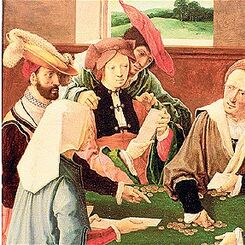
Netherlands
Playing cards have been known in the Low Countries since the 14th century
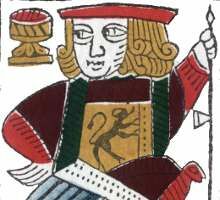
Navarra, XVII Century
Facsimile of 17th century Spanish-suited playing cards produced by Erregeak, Sormen S.A., Vitoria-Ga...
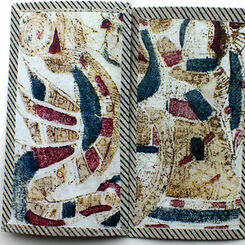
Francisco Flores
Playing cards in this style have been discovered in various parts of the world, suggesting that they...
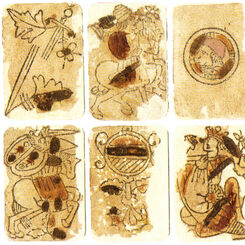
Baraja Morisca — Early XV century playing cards
Primitive Latin suited pack, dated by paper analysis as early XV century, which makes this one of th...
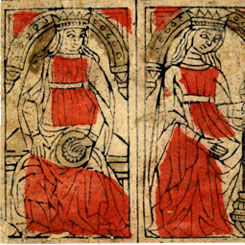
XV Century Italian Playing Cards
Cards from a pack of an early form of north Italian playing cards, with the swords back-to-back and ...
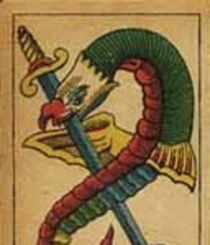
Portuguese Type Cards made in Belgium
Portuguese Type Playing Cards made in Belgium, c.1878.
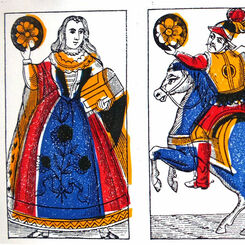
Portuguese Type Playing Cards c.1860
10 cards from a pack of later Portuguese ‘Dragon’ type cards from c.1860, with the Maid of batons ab...

16th century cards discovered in Peru
Fragments of playing cards and 2 dice were unearthed in a 16th century rubbish tip adjace...
Most Popular
Our top articles from the past 60 days


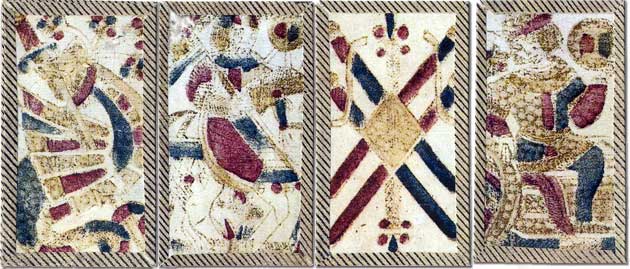
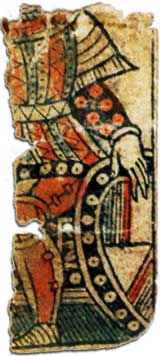
 Your comment here. Your comment here. Your comment here. Your comment here. Your comment here. Your comment here. Your comment here. Your comment here. Your comment here. Your comment here. Your comment here. Your comment here. Your comment here. Your comment here. Your comment here. Your comment here. Your comment here. Your comment here. Your comment here. Your comment here. Your comment here. Your comment here. Your comment here. Your comment here. Your comment here. Your comment here. Your comment here. Your comment here. Your comment here. Your comment here. Your comment here. Your comment here.
Your comment here. Your comment here. Your comment here. Your comment here. Your comment here. Your comment here. Your comment here. Your comment here. Your comment here. Your comment here. Your comment here. Your comment here. Your comment here. Your comment here. Your comment here. Your comment here. Your comment here. Your comment here. Your comment here. Your comment here. Your comment here. Your comment here. Your comment here. Your comment here. Your comment here. Your comment here. Your comment here. Your comment here. Your comment here. Your comment here. Your comment here. Your comment here.




















